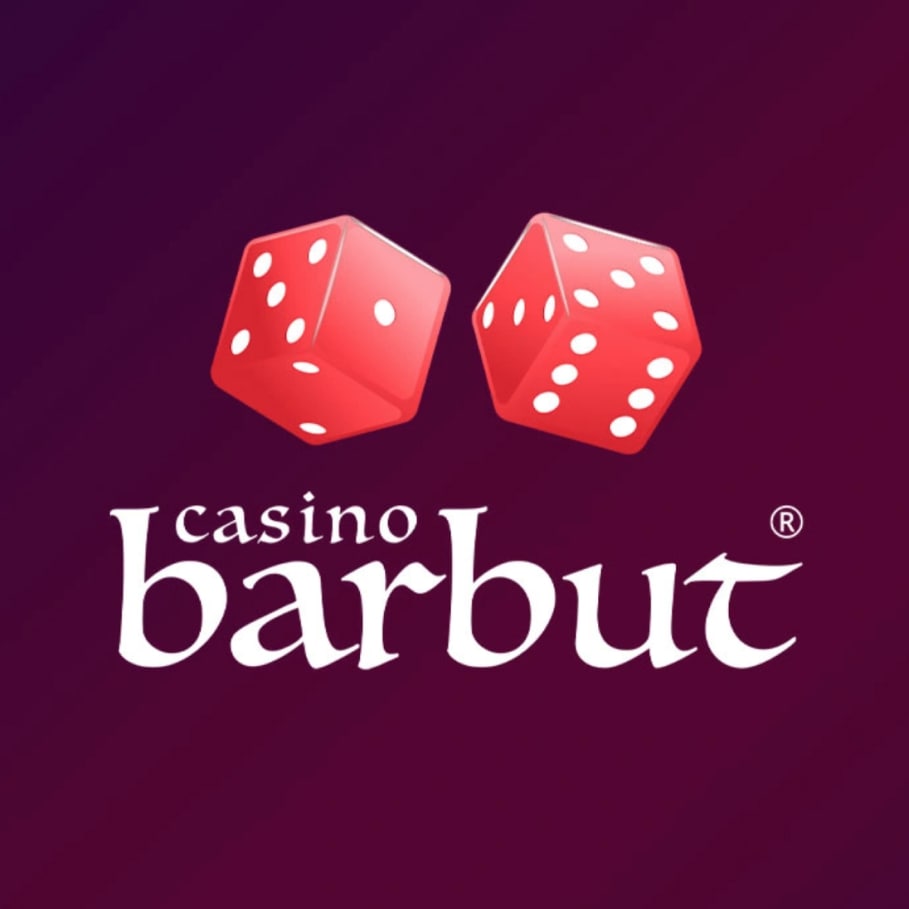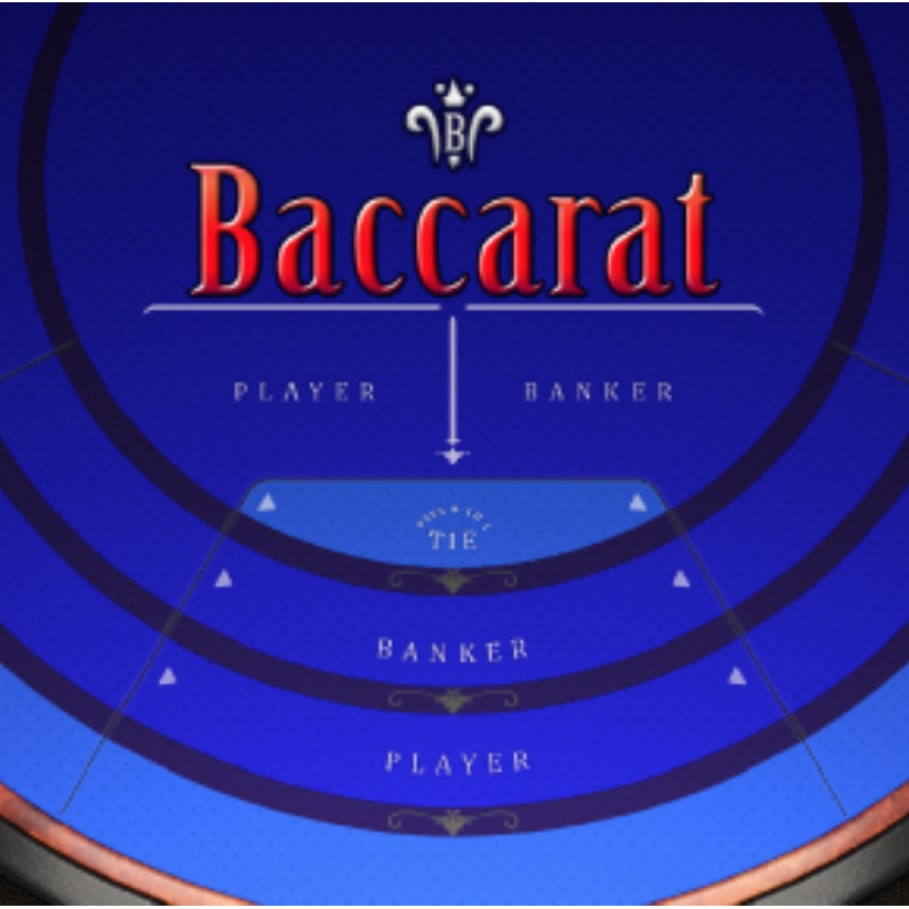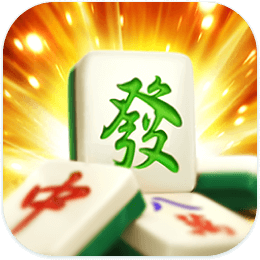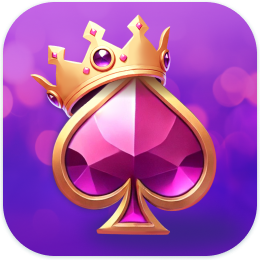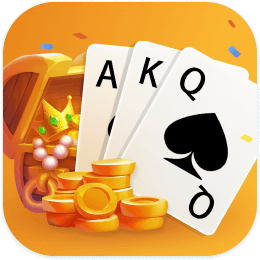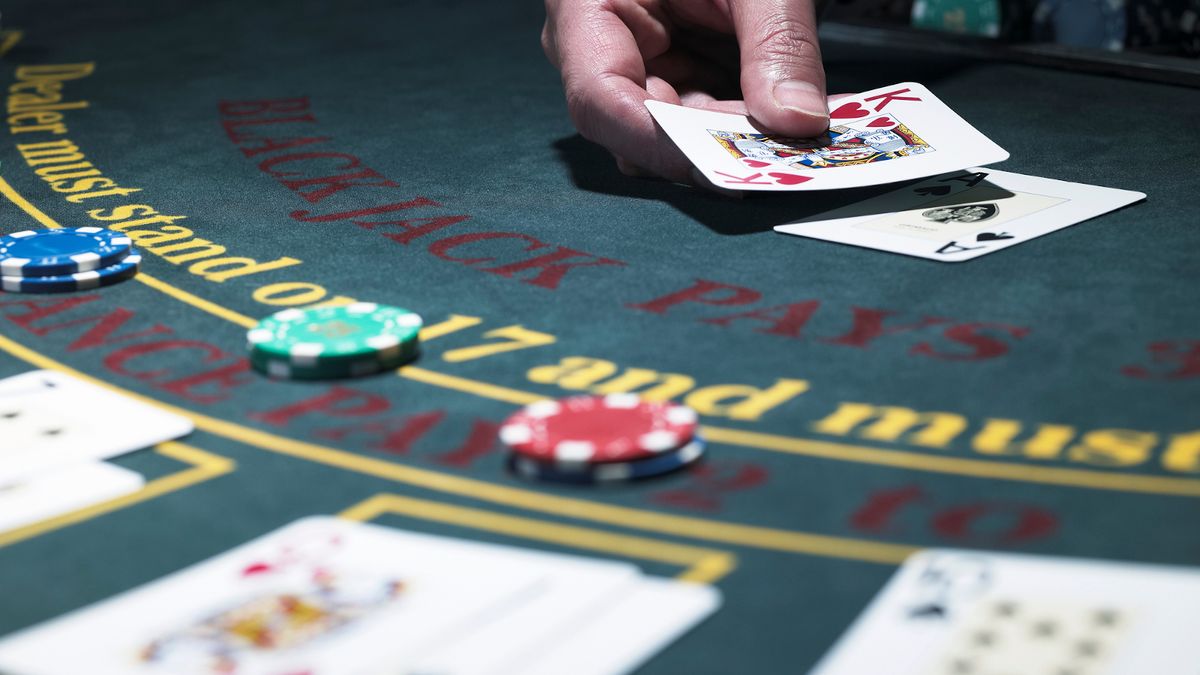Blackjack Guide to Counting Cards Card Counting Tips for Blackjack

Want to learn how to count cards in blackjack? This guide to counting cards in blackjack gives you tips and systems to help you count cards.
Sure, you’ve studied the blackjack player decisions and have your blackjack strategy chart memorized. You know exactly when to hit, stand, split, or surrender. You’re doing what you can to trim down the house edge.
But if you aren’t trying card counting, then you’re still letting the house keep an edge over you as a player. Once you can start keeping track of which cards have been played and which ones are still left in the deck, suddenly you start to gain an edge over the house. You don’t have to be Rain Man to count cards, either.
This guide offers you an overview of six different approaches to card counting. Once you see how they all work, you’ll realize that card counting can be a simple process with enough practice.
A Brief History of Card Counting
As long as there has been gambling, there have been plenty of players who will try to do everything they can to beat the house, from covering the table with bets in roulette to trying to find patterns in slot machine results.
However, with blackjack it seems that the most influential process of finding a player edge didn’t become formalized until the 1950s.
In 1956, the Journal of the American Statistical Association published the paper “The Optimum Strategy in Blackjack.” Authors Roger Baldwin, Wilbert Cantey, Herbert Maisel, and James McDermott argued that you could apply mathematics to blackjack, using probabilities and computers to gain an edge.
In 1957, a group of four U.S. Army Engineers published a little-read paper called “Playing Blackjack to Win.” Their paper offered 16 strategies based on which cards were already face-up. Their methods were simple and didn’t include any recommendations to adjust wagers based on the count.
By 1962, mathematician Edward Thorp expanded on these previous concepts and published the book Beat the Dealer, which became a huge success. Using prior work in the field of probability and contemporary computers, he was able to prove that a card-counting strategy could give a player a slight edge over the casino.
Thorp’s central finding was that blackjack differs from other card games because of its sequential nature — the outcome of one hand has an effect on the next hand. For example, if the ace of spades was dealt in one hand, it won’t be dealt in the next hand (of course, this is contingent on playing with a single deck that the dealer doesn’t shuffle between hands).
This makes blackjack quite an anomaly in comparison to other casino games. Think about roulette: Every spin is completely randomized and wholly independent from the spin that came before or the spin that comes after.
In 1966, Thorp published his second edition for Beat the Dealer, which included a counting system developed by computer scientist Harvey Dubner. This system is now known as the Hi-Lo Count, and it’s still one of the most common card-counting systems used today.
Hi-Lo Card Counting
If you look up how to count cards, you’re most likely to come across the Hi-Lo (or High-Low) system. This is a fairly simple and straightforward strategy that has you keep a mental tally of three types of cards. Each type of card gets assigned a value:
- 2-6 = +1
- 7-9 = 0
- Cards valued 10 and aces = -1
As each card is dealt out across the table, you add 1, add zero, or subtract 1 based on each visible card’s value. You keep a running count in your head to see if the table is trending upward or downward in value.
Let’s go over a sample hand. The dealer has a face-up 8 and reveals a 10 at the end of the hand. You have a jack and a 9, and a second player at the table has a 4 and an ace. Here’s how you’d total everything up:
- Face-up 8 (0) and 10 (-1) = -1
- Jack (-1) and 9 (0) = -1
- 4 (+1) and ace (-1) = 0
The total value for that hand would be -1 + -1 + 0 = -2.
On to the next hand. The dealer shows a 9 and eventually reveals an 8. You get a king and a 5, and the second player gets an 8 and a 2:
- 9 (0) + 8 (0) = 0
- King (-1) + 5 (+1) = 0
- 4 (+1) ace (-1) = 0
Now the count for this hand would be 0 + 0 + 0 = 0. So far, the running count totals -2, but as you can see that will most likely shift with each new hand. You’ll keep doing this until the dealer shuffles the cards.
It may be easier to simply add to or subtract from your running count with every card that you see as it comes out, rather than trying to total up each player’s hand.
If your running count trends positive (like +3), the advantage starts shifting to the players. This means that the upcoming cards are more likely to be high, and it would behoove the players to bet big.
If your running count starts trending negative (like -2), then the odds start shifting to the dealer. This is because the upcoming cards are more likely to be low, so it’s better to make smaller bets. Once the deck gets reshuffled, you start back at 0.
How True Count Factors In
If you’re playing with just a single deck, then the points will eventually even out at 0 once all cards are dealt out. But, most casinos use multiple decks at once, which means that there are more cards to keep track of and more fluctuations in count value.
To work around this, you’ll have to convert your running count into a “true count.” This represents the adjusted count based on how many decks are in the shoe — basically, the count per deck.
You get your true count by dividing the running count by the estimated remaining decks. Are you at a table with an eight-deck shoe, and the dealer has played 50 cards so far? Then you have seven decks remaining. Use this formula:
True Count = Running Count ÷ Remaining Decks
Let’s examine two examples to help explain this. First, it’s important to note that you always round your results to the nearest half-deck.
-
Example 1: Your running count is 6, and you have five decks remaining.
-
6 ÷ 5 = 1.2
-
1.2 → 1.0 is your true count
-
Example 2: Your running count is -8, and you have three decks remaining.
-
-8 ÷ 3 = -2.6
-
-2.6 → -2.5 is your true count
Pivot Point
Remember that, as your true count goes up, so does your advantage as a player, so bet accordingly. This means that you need to be aware of exactly when it’s advantageous to start increasing your bets to get bigger returns on those wagers. This is called your “pivot point.”
In Hi-Lo, you’ll want to stick to your minimum bet if the true count is negative, 0, or +1. Once your true count is +2 and over, then you can start increasing your bets. Multiply your true count by your base bet, and that should be your corresponding bet size. If your true count is currently +4, then your wager should be 4 x your minimum bet.
Knock-Out (KO) Card Counting
This is another card counting system that uses a running count, but you don’t need to do any division and you have different starting counts depending on how many decks are in the shoe.
This style of card counting exploded in popularity in 1998, when Ken Fuchs and Olaf Vancura published the book Knock-Out Blackjack: The Easiest Card Counting System Ever Devised.
Starting Count
While most card counting systems have your running count start with 0, the Knock-Out (or KO) system has different starting counts for how many decks are in play. You can calculate the starting count like so:
Starting count = 4 – (number of decks x 4)
Here’s how that could break down with different deck amounts:
- One deck: starting count is 0
- Two decks: starting count is -4
- Four decks: starting count is -12
- Six decks: starting count is -20
- Eight decks: starting count is -28
By making the starting count lower with every added deck, you don’t have to calculate a true count versus your running count.
Running Count
Just like with Hi-Lo, you’re going to keep a mental tally of three types of cards, with the following values:
- 2-7 = +1
- 8-9 = 0
- Cards valued 10 and aces = -1
Let’s go over a quick example, in which we won’t be adding up everyone’s hands but instead simply adding to or subtracting from the running count as we see each new card:
- The dealer gets a face-up 5 = +1
- The first player gets a 2 = +1
- The second player gets a 9 = 0
- You get an ace = -1 This continues on throughout the whole hand. Even with just the first cards being dealt out, the table is trending slightly positive: 1 + 1 + 0 – 1 = +1.
Pivot Point
An important note: The KO system differs from Hi-Lo in that, if you count through a whole single deck with the KO values, the final number won’t be zero — it’ll be +4. This means that the KO system is an unbalanced system, so instead of just waiting for the running count to start trending positive to start making bigger bets, you need to wait until your running count hits a pivot point, and that pivot point (or “key count” in the KO system) depends on how many decks you’re playing with:
- One deck: key count is +2
- Two decks: key count is +1
- Four decks: key count is -1
- Six decks: key count is -4
- Eight decks: key count is -6
When you reach the key count, then you can start increasing your wagers. Until then, you should be betting only the table minimum.
Red 7 Card Counting
The Red 7 system is considered quite similar to Knock-Out, especially considering that it’s another unbalanced system. But let’s look at its nuanced differences here.
Starting Count
Just like in KO, you’ll have different starting counts based on how many decks the table is playing with. The numbers don’t jump up so much when the deck count increases, though. Instead, it’s simply calculated like this:
Starting count = number of decks x -2
- One deck: starting count is -2
- Two decks: starting count is -4
- Four decks: starting count is -8
- Six decks: starting count is -12
- Eight decks: starting count is -16
Running Count
Just like with KO, you’re going to keep a mental tally of three types of cards. But the values are the same as they were in Hi-Lo:
- 2-6 = +1
- Red 7 = +1
- Black 7 = 0
- 8-9 = 0
- Cards valued 10 and aces = -1
In a sample round, we might see:
- The dealer gets a face-up black 7 = 0
- The first player gets a 10 = -1
- The second player gets an ace = -1
- You get a 2 = +1 This continues on throughout the whole hand. Even with just the first cards being dealt out, the table is trending slightly negative: 0 – 1 – 1 + 1 = -1.
Pivot Point
There is no specific key count while using the Red 7 card counting system, but once the running count reaches zero, that’s when the players start to gain a small edge over the casino. The higher the running count, the higher your advantage. This is when you should start increasing your wagers. Here’s the recommended approach to how to increase your bets:
- Running count is 0 to +4 = bet 2x the table minimum
- Running count is +6 = bet 3x the table minimum
- Running count is +8 = bet 4x the table minimum
- Running count is +12 = bet 6x the table minimum
- Running count is +16 = bet 8x the table minimum
KISS Card Counting
Like the KO system, the KISS system (which stands for “keep it short and simple”) is an unbalanced card counting system. It’s a more streamlined system than something like Knock-Out, making it more workable for inexperienced players.
The first major advantage of the KISS card counting system is that you don’t use any starting count. You just begin totaling up what you see as the cards are dealt out, just like in Hi-Lo. But where Hi-Lo asks you to keep a true count as related to the number of decks, KISS doesn’t have you do that.
Within the KISS system, there are three variants.
KISS I
This was the first version of KISS, but it’s rarely used anymore because it doesn’t add enough advantage for players. But it was the basis for KISS II and KISS III, so let’s briefly discuss it to offer you a foundation.
In KISS I, you actually only have to keep track of about half of the cards in the deck when you’re assigning values, decreasing your chances of getting confused or losing track of your math. Here are the cards you keep track of values for:
- 4-6 = +1
- Cards valued 10 = -1
This means that 2-3, 7-9, and aces are all valued at 0.
KISS II
This system works best for single-deck blackjack. Here, you pay attention to some card colors like you would in Red 7.
- 3-6 = +1
- Black 2 = +1
- Red 2 = 0
- 7-9 and aces = 0
- Cards valued 10 = -1
KISS III
Because it’s hard to find a blackjack table that uses only one deck, we have the KISS III system. It’s a bit more complicated, but it’s designed to work with multiple decks.
- 3-7 = +1
- Black 2 = +1
- Red 2 = 0
- 8-9 = 0
- Cards valued 10 = -1
KISS III is viewed as the superior system of the three because it offers players the best advantage and takes multiple decks into account.
Pivot Point
Any time your running count goes into the positive numbers, that is your pivot point in all three KISS systems. Generally, it’s good to use your running count as your multiplier when calculating how much to bet. If your running count is currently +3, then multiply your base bet by 3. It’s the same as if you were using Hi-Lo.
Omega II Card Counting
Now we’re getting into more complex card counting systems. It’s definitely not for beginners. The Omega II system is what’s known as a level-two card counting system because it requires players to pay attention to more factors that can impact the game.
Because of Omega II’s complexity, though, it’s much more accurate than other systems, with some online publications saying that its betting efficiency can go up to 99%. Similarly to Hi-Lo and KISS, though, you don’t need to worry about a starting count.
Running Count
While previously covered card counting systems have you only add or subtract 1, Omega II has you add or subtract all the way up to 2:
- 4-6 + +2
- 2, 3, or 7 = +1
- 8 and ace = 0
- 9 = -1
- Cards valued 10 = -2
This system places a lot of importance on 10s (as well as face cards) and 4s, 5s, and 6s. Cards valued 10 are crucial for players because, the more 10s there are still in the deck, the bigger the player’s advantage over the casino. Those 4s, 5s, and 6s are influential because they increase the player’s chances of busting. That’s why Omega II gives them their own bigger values when counting.
True Count
Because Omega II is a balanced system, it requires you to keep a true count, just like in Hi-Lo. Remember to use this formula:
True Count = Running Count ÷ Remaining Decks
This will help you keep a better grasp on how many important cards are actually still awaiting you in the shoe.
Pivot Point
Once again, just like in Hi-Lo or KISS, your pivot point is once your true count starts going into positive numbers. If your true count is currently +2, then multiply your base bet by 2.
Zen Count
Lastly, we’re going to cover Zen Count. This is another level-two card counting system like Omega II, creating tiers of card values that have you add or subtract from your running count by up to 2. Again, you also don’t have a starting count — just start at zero.
Running Count
The running count for Zen Count is similar to Omega II but has some subtle differences you’ll need to remember:
- 4-6 = +1
- 2, 3, or 7 = +1
- 8-9 = 0
- Ace = -1
- Cards valued 10 = -2
By giving the aces their own value, it’s believed that you can increase your betting efficiency (rather than lumping them in with 8s like you do in Omega II).
True Count
Once again, you’ll need to keep a true count to reflect the number of cards still yet to be played from the shoe. Use that same formula as above:
True Count = Running Count ÷ Remaining Decks
True count is always an estimation, but it does help you better predict how many key cards you can still expect before the shuffle.
Pivot Point
You face the same pivot point in Zen Count as you would in many of these other card counting systems: Once your true count starts to trend positive, you can start increasing your bets because the players now have a higher advantage against the dealer.
Multiply your base wager by your true count. If your true count is currently +4, then multiply your base bet by 4.
How Casinos Treat Card Counters
There’s a complex history between casinos and card counters. In general, casinos do not want skilled card counters in their establishments because that lowers their house edge and eats into their profits.
However, the explosion of interest in blackjack in past decades due to books like Beat the Dealer meant that casinos added blackjack tables to their floors to accommodate the influx of new blackjack enthusiasts. Sure, plenty of people had read the book and felt confident in their ability to count cards and beat the game, but in actuality, not everyone who read it was skilled enough to do it right. This meant that casinos were still winning big from the amateurs who wanted to try out card counting for themselves.
Of course, this didn’t mean that casinos suddenly became a free-for-all for anyone who wanted to try counting cards. While casinos were adding blackjack tables to their floors, they were also implementing a variety of methods to try to block counters.
Tactics Casinos Use To Discourage Card Counting
One method includes training dealers and pit bosses to recognize the signs of card counting, like watching for erratic bets. If a player’s wagers are erratic, going from the table minimum to fifty times that amount at random, dealers know that it’s not actually random at all and a sign of a card counter making bets according to their counts.
Another easy tactic is for the dealer to shuffle the cards more frequently. If it’s single-deck blackjack, that means shuffling the deck after every hand. If it’s a four- or eight-deck shoe, then the dealer will shuffle that shoe at intervals. Every shuffle removes that quirk of blackjack wherein the outcome of one hand affects the next hand. This resets the count, and the counter has to start back at zero.
In Las Vegas, a casino can actually ask you to leave their property for counting cards, claiming that they have the right as a “private club” to refuse service to anyone for any reason.
But Is Card Counting Actually Illegal?
Now, it’s important to know that card counting is not illegal — there are no laws banning it at the state or federal level. In fact, it’s even legally protected in New Jersey casinos.
Back in 1979, Blackjack Hall of Fame member Ken Uston sued Resorts International for banning him from counting cards in their Atlantic City casinos. The case of Uston v. Resorts Int’l Hotel, Inc. went all the way up to the state Supreme Court of New Jersey, and the final ruling was that card counting is a legal practice and thus protected in the state of New Jersey.
The ruling includes the language: “When property owners open their premises to the general public in the pursuit of their own property interests, they have no right to exclude people unreasonably.” Because counting cards doesn’t alter the outcomes of any games, it’s not a violation of the law, and property owners can’t act in an “arbitrary or discriminatory manner” toward someone who’s not breaking the law.
If you’re playing blackjack in New Jersey, then that means the dealer will try to shuffle the cards more frequently or even try to distract you with some chit-chat to throw you off if they suspect you of card counting. In Las Vegas, you can expect a pit boss to ask you to leave the table and play another game (or even leave the casino entirely).
Can You Try Card Counting at Online Casinos in New Jersey?
Since card counting isn’t illegal and is only just gently discouraged in New Jersey, you might want to know if you can try it at New Jersey online casinos.
In short, it’s pretty impossible to count cards at an online casino. Unless you’re playing live dealer blackjack, the online casino uses a random number generator software to randomize every card that comes out of the deck. This works exactly the same as shuffling the deck after every hand, bringing down your ability to count cards across multiple hands.
Card Counting Can Help You Win
All of these card counting systems were developed to try to help players like you win more money at the blackjack tables. But remember that all of these systems require discipline, focus, and practice.
You can practice your card counting system of choice at home so that you don’t go into the casino blind. Sit yourself down with a deck and start dealing out individual cards. Keep track of your running count until you’ve gone through the entire deck. Do this often over the course of time to get yourself comfortable with the process.
Next, try timing yourself. As you continue to practice counting, see if the length of time it took you to go through the deck goes down. This means you’re getting more efficient.
You can also start to practice while having distractions around you. Casinos are not quiet places, and you need to prepare for that fact. Turn on the radio or TV while you’re counting and try to keep your mind on the task at hand rather than that enticing song or piece of dialogue. If you can zone out distractions like that, then you’ll be in a much better place when you feel comfortable trying out your skills at the casino.
Keep practicing, and over time maybe you’ll find your favorite card counting system. Blackjack is one of the few games out there where you can manipulate the edge so much in your own favor, so take advantage of that and see what you can win.
Use these Blackjack Strategy Charts to learn the correct decision for every hand. Basic Strategy is the first step to beating blackjack with card counting
This site only collects related articles. Viewing the original, please copy and open the following link:Blackjack Guide to Counting Cards Card Counting Tips for Blackjack












